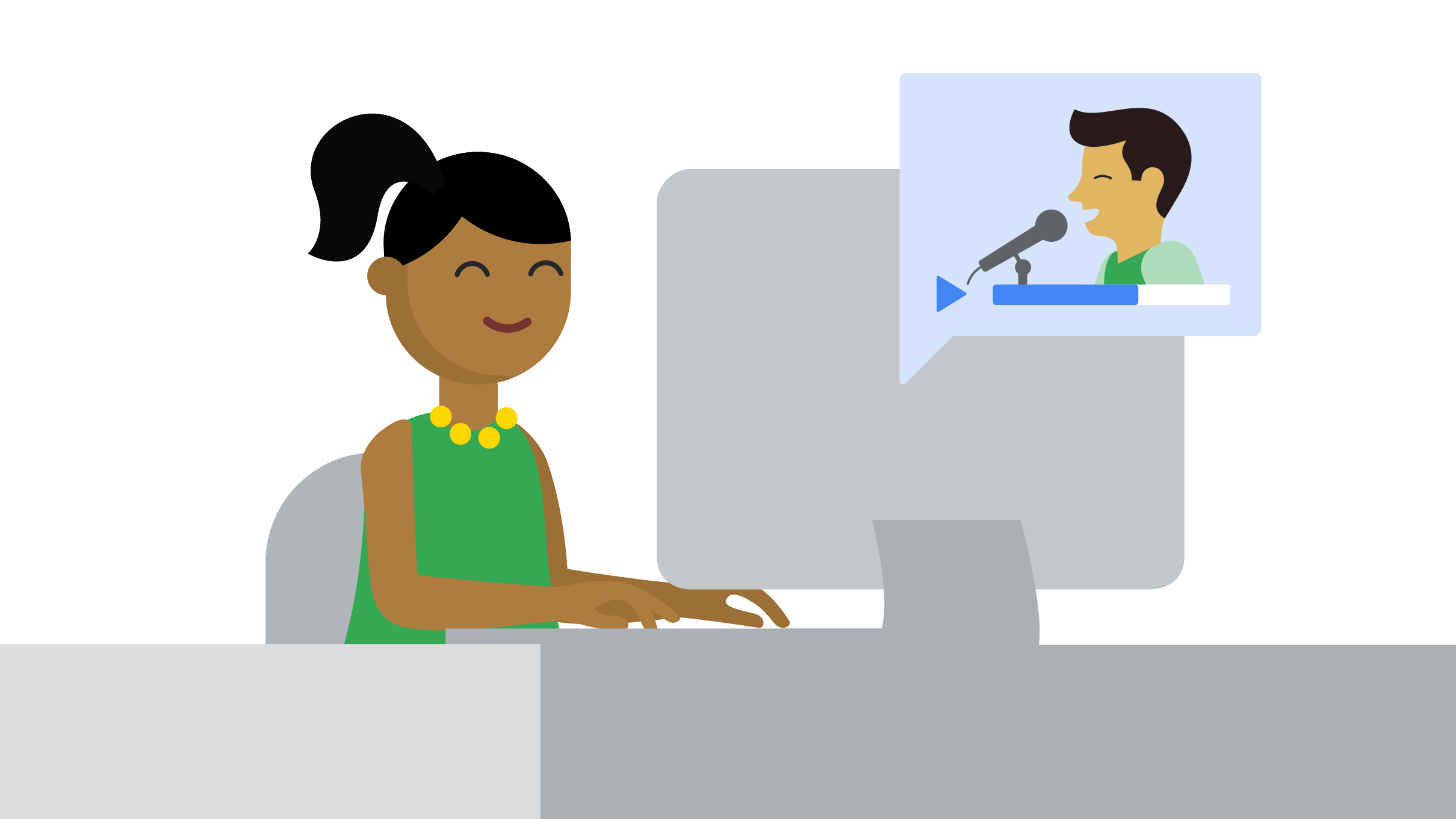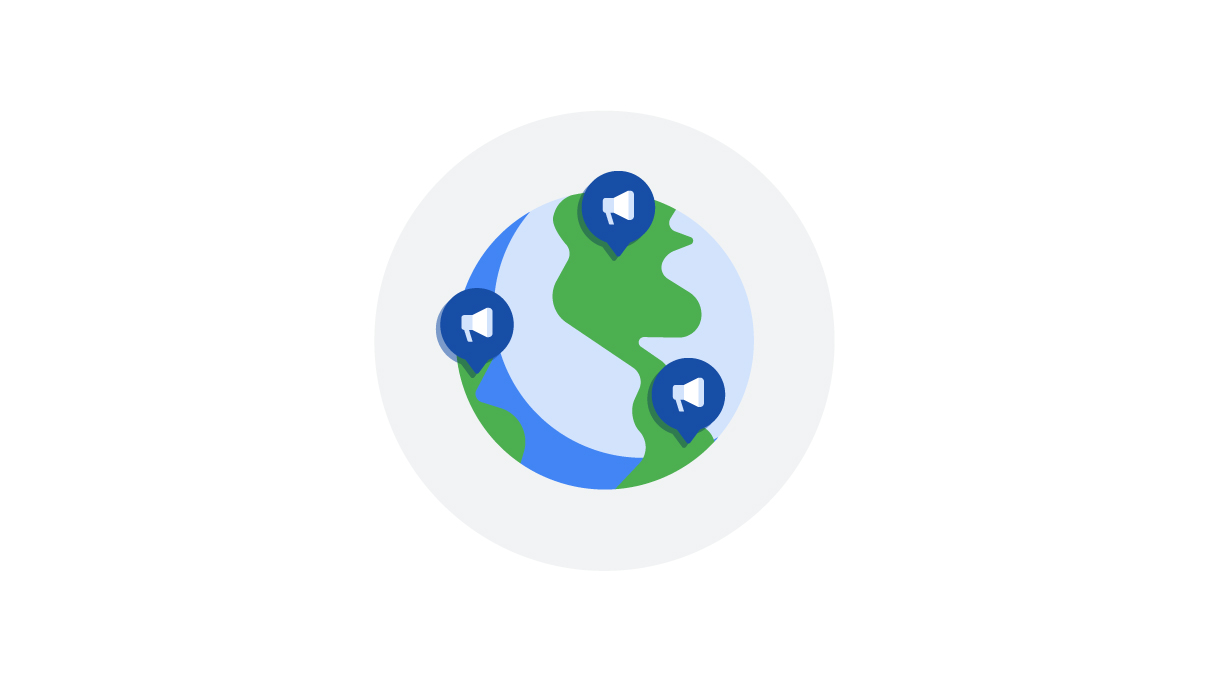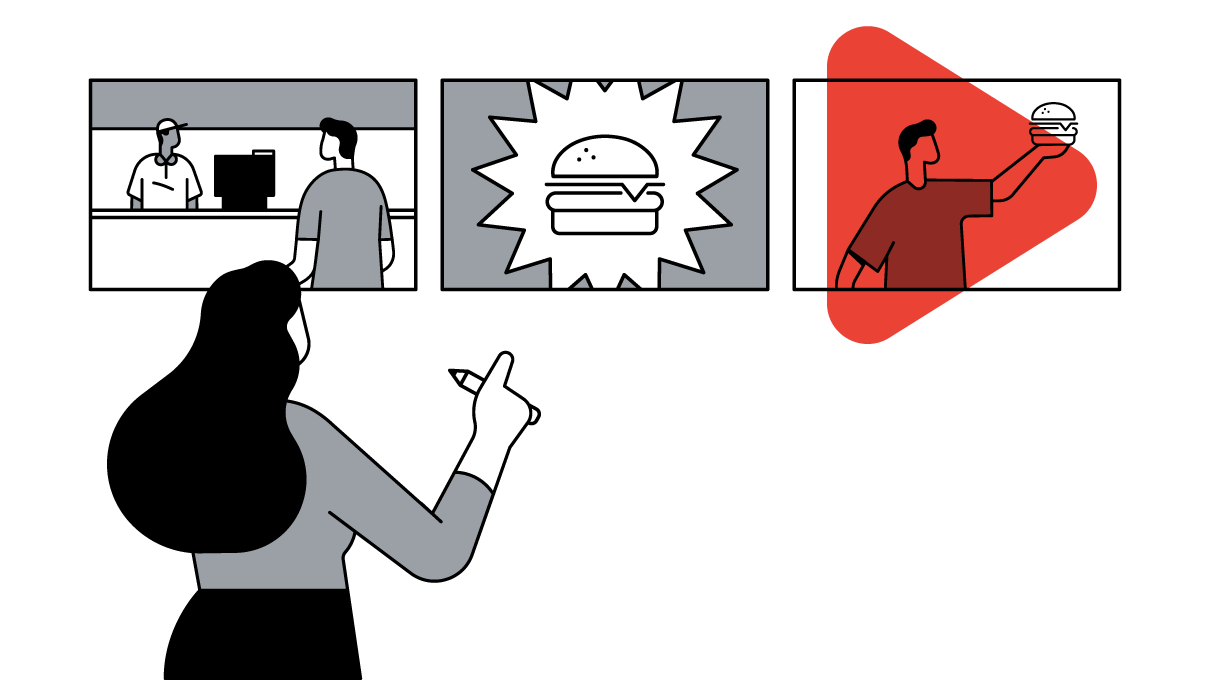In a day and age where people are constantly seeking information, the appetite for educational content has never been higher. That’s something we’ve seen playing out on YouTube — a platform that 86% of U.S. viewers say they often use to learn new things1 — and it’s why we’re investing in educational content.

If there’s one brand that really gets this, it’s TED-Ed, the youth and education arm of parent organization TED. In the six years since it launched a YouTube channel, Ted-Ed has amassed over 1 billion views and 7 million subscribers. Today, its channel is growing at a rate of over 250,000 subscribers per month.
To better understand what other brands can learn from TED-Ed’s success, we spoke with its founding director, Logan Smalley. Prior to founding TED-Ed, Logan was an award-winning documentarian and a high school special education teacher.

Gina Shalavi: You have a large and engaged subscriber base on YouTube. What’s the secret to your success, and how can others — even outside education — replicate it?
Logan Smalley: My team is obsessed with understanding our audience’s mindset. And if I had to sum up that mindset in a short phrase, it would be “constantly curious.” People have an innate and insatiable desire to learn new things. We focus on meeting that need for knowledge with an endless supply of high-quality, thought-provoking educational videos.
Our devotion to feeding our audience’s endless curiosity forces us to think about content less as the act of creating a single video, and more as the art of building a library and a long-term relationship with our subscribers. That’s why we always ask two questions when we’re making a video: Will it help viewers learn something and will it inspire them to learn more? The first question speaks to why someone engages with our channel today. The second one speaks to why they’ll be likely to re-engage with our channel tomorrow.
When you bring those two strategic pillars together — understanding and responding to your audience’s mindset and approaching content production in a holistic way — you’re no longer simply creating a YouTube channel. You’re cultivating a community and celebrating a shared set of values.
Are there any particular themes or formats that you find are the most successful?
When people think of TED, they often think TED Talks delivered onstage. It was a big risk to depart from that beloved, proven format and start creating fully animated videos with TED-Ed. The risk has paid off.
Through the careful use of scripting, storyboarding, narrative, music, and sound effects, animations allow storytellers to convey more information in less time. Consider our recent animation about what the world would be like if humans were to suddenly disappear. As a live action talk, a speaker would have a hard time building that image for the listener. But an animation allows viewers to tour the world through rich, moving visuals, guided by a narrator.
And have you ever tried something on YouTube that failed?
We’re always pushing ourselves to be innovative — to come up with new animation styles, concepts, and approaches to storytelling content. In fact, with almost every video, we’re trying at least one new thing, and sometimes we don’t pull it off.
For example, sometimes a narrator or animator will attempt to incorporate humor into their performance. Humor is great when it works, and really adds to the educational value of the video, but it’s one of the most challenging things to get right. And when an elaborate joke or metaphor fails to land, it can derail the entire video.
If you don’t have any failed experiments on your YouTube channel, then you’re not taking enough risks.
But that’s the nature of risk-taking. If you’re in constant fear of failing then you’ll never create something really outstanding. If you don’t have any failed experiments on your YouTube channel, then you’re not taking enough risks, and that will limit how successful you can be.
Here’s one thing I will add, though, because this “you have to fail to succeed” thing is something that’s been said many times before: You’ll only pull this off if you create an environment where it’s safe to fail, where nobody is pointing fingers or looking to blame others when something doesn’t work out as planned. At TED-Ed, we take risks as a team. We share in each other’s successes, and we learn together when we fail.
It’s interesting that you talk about videos that missed the mark. How do you figure out what’s working and what’s not?
The great thing about publishing on a platform like YouTube is that, unlike other media, you have constant access to useful feedback. There’s always an immediate signal that relays how people are engaging with your content, whether that be qualitative, in the form of comments, or quantitative, like watch-time metrics. We make sure we’re looking at all this information daily, and that then informs our decision as to what we should (or shouldn’t) make next.
The internet … is an interconnected and interactive space. Use that to your advantage.
That collaborative, two-way philosophy that’s baked into YouTube’s DNA is really important to us. For example, we have an open pitch process, where any educator or expert can submit an idea for a video. That’s the beautiful thing about the internet — it’s an interconnected and interactive space. Use that to your advantage.







